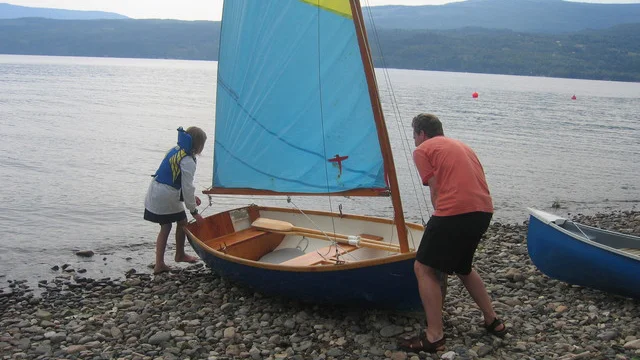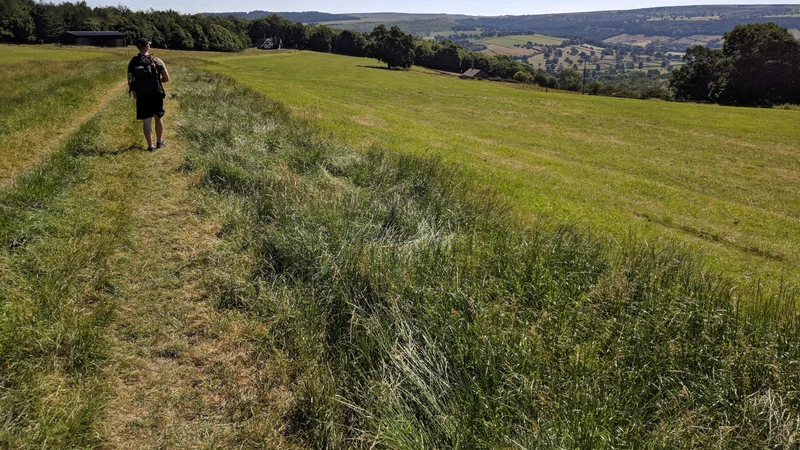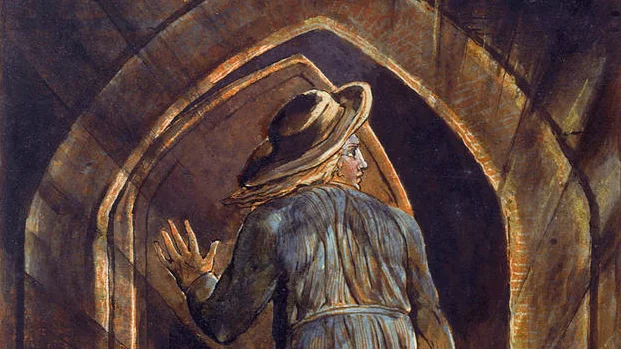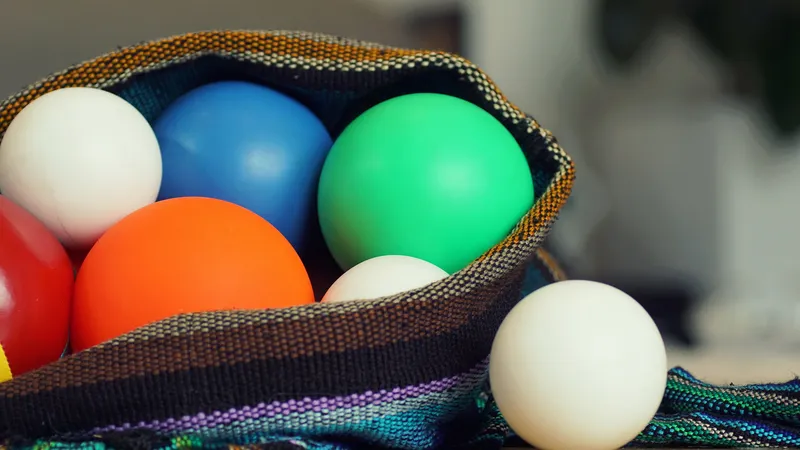Safety — but not too safe
If a given exercise makes you too uncomfortable, adapt it or skip it. But the question arises: what’s too uncomfortable? Panic attack? Definitely. Stay safe and avoid those with great dedication. Basic anxiety? That should be workable. Uncertainty about what to do or how to do it? Manageable for sure. Whatever happens, you decide what works best for you. Keep yourself safe, but don’t use your emotional reaction to escape what might be a fulfilling activity. A basic suggestion here is to remember that anxiety and similar emotional reactions are part of the creative process. We don’t make progress in our creative paths (or in any other part of life) unless we grapple with, and learn to manage, strong emotion. But, of course, strong emotion can also be crippling. The middle ground here is to keep a positive mindset, be easy with yourself, and at the same time push a little bit. Not a shove, not a dive. Just a gentle push, and a simple reminder that you can do it.
A Note About Repetition
These are the kinds of activities that show up in many creative environments: courses, workshops, retreats, writing groups, therapy groups, and so on. I’ve been teaching group counselling and art therapy for many years, and in those contexts we complete therapeutic versions of these activities. So, their use goes beyond the world of writers and writing. And, as a participant in many types of creative groups over the course of more than 35 years of professional practice, I’ve found myself doing these activities in a multitude of places (on islands, in the mountains, on boats, and even in the deep wilderness).
So, if you have previously completed these activities in courses with me, or in your own travels as a creative person, that’s great: they will be familiar and hopefully comfortable enough for you to do. But even though the activities might be familiar, you’ve changed, right? You are moving along in your own personal development, discovering new things, becoming yourself – whatever that means to you and wherever it leads. Completing a creative activity a second time (or a hundredth time) is an opportunity for you to compare your experiences across time, to reflect on the path that bridges those different points in time, and to review your journey.
Considerations for the Activities
Perhaps it’s most helpful to think about creativity and creative writing in terms of skills. Thinking and acting creatively involve various skills that develop through experiment, play, and examination. Part of that process involves examining the learning process itself; instead of focusing simply on the content, we might ask questions about how we identify, interpret, create, and communicate this content. These are the kinds of process questions – the skills – that our creative activities are specifically designed to cultivate. Below I’ve provided some considerations for the development of creative skills, along with some suggestions about how to approach them.
Creating a Good Question
The questions we ask tell us a lot about how we think, the assumptions we make and what we’re willing to accept as answers. What is a good question? How do questions emerge? Where do they come from? How does a creative question evolve? How do we hold space for our questions and how do they work on us?
Critical Thinking and Crap Detection
We are often quick to believe what we read and what we hear, especially when it comes from sources that we deem authoritative. Teachers, journal articles, media, books, professors, parents, and peers all have their own take on what is correct and true. Who is right? How do we know what we’re hearing is not false or misconstrued? What is true? From what perspective is it true? What other perspectives can be taken that are also true? What evidence is being used to support the claim? Is the evidence appropriate for the kind of claim being made? What ideologies, assumptions, and beliefs are at play? How do they impact the interpretation of “facts”? And what are facts, anyway?
Finding, Using and Evaluating Resources
Resources are what we use to accomplish something. We have internal resources such as courage, empathy, compassion, self-awareness, mindfulness, and so on to help us create, learn, and work with the challenges of life. People in our lives such as teachers, peers, mentors, and guides also have skills, experience, and knowledge that can potentially help us accomplish our goals. As well, the internet, books, and other sources of information are valuable resources. How do we know what resources we need to accomplish a goal? Are they internal, interpersonal, or codified? What are the means by which we access these resources? How do we know if the sources we’re accessing are good or the right ones for our goal? How do we evaluate their quality?
Communication (speaking, listening, writing, performing)
Language is expressed verbally and non-verbally in a particular relational context of culture, values, and past experience. Our ability to translate ideas into words and actions, move an audience into a compelling dialogue, or simply be present to someone else, requires an awareness of these contexts and good communication skills. How does a mindful and embodied presence shape how we speak and listen? How do we write articulately, persuasively, and with accuracy and authenticity? How do our values shape the way we communicate?
Working in a Group or With a Partner
Groups and partnerships offer invaluable opportunities for personal development and routinely transcend the efforts of any one individual. The following elements are some of the important capabilities required for healthy group process:
- Building trust and a culture of collaboration
- Attending to individual needs and the needs of the group
- Sharing responsibility
- Giving and receiving feedback
- Embracing and resolving minor conflicts
Following Through on a Process
Any creative process that generates new forms of knowledge (arts, sciences, and otherwise) typically has a number of phases. These phases don’t always happen in order and are not necessarily distinct events, but it’s helpful to think about the eco-cycle of creative work. First, there is the discovery of interest or passion. The question or idea may not even be fully formed at this point, but there’s a spark that feels like it’s worth following. Next, we immerse ourselves in the topic. We read, have conversations, mess with different approaches. Basically, we commit to learning as much as we can about our passion. At some point, we have consciously consumed as much as we can about the topic and we need a break from thinking about it. We let the questions incubate and trust that they are working under the surface in the dark soil. “Spring” eventually comes, perhaps after a long “winter”. Insights and breakthroughs emerge. Little shoots pop up out of the soil. We are careful not to jump to conclusions but instead create space for ideas and insights to slowly emerge through a process of articulating and capturing. In the last stages, we bring all the elements together in a creative synthesis and share the bounty of our harvest.



